
Category Investigation

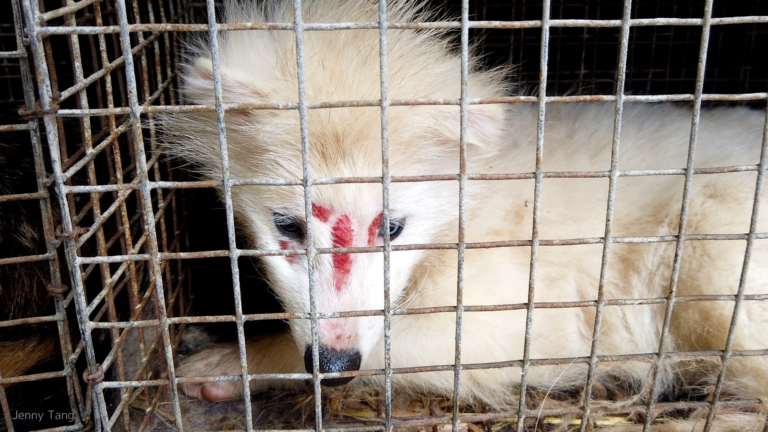
82.8% of people will not buy fur in the future: Result of awareness survey on fur

2022 Awareness Survey regarding Livestock Animals

Awareness Survey Regarding Shrimps #2, January 2022

Awareness survey regarding shrimps, July 2021
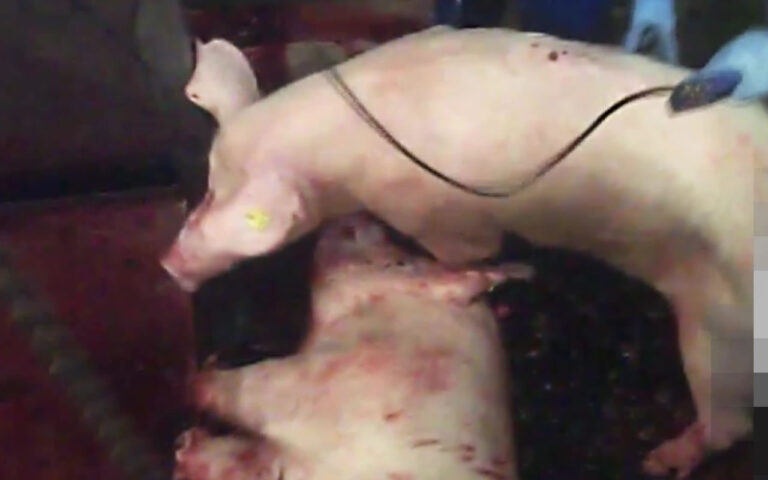
The lives of mom pigs are miserable even their slaughter: Please reduce pork consumption

2021 Awareness Survey regarding Livestock Animals
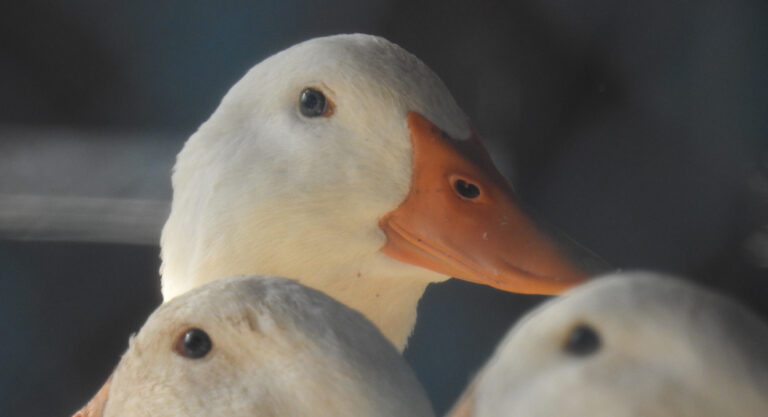
Avian flu 2020-2021: massacre, not euthanasia – evidence 1: “on-site inspection”

2020 Awareness survey regarding livestock animals – The awareness remains low
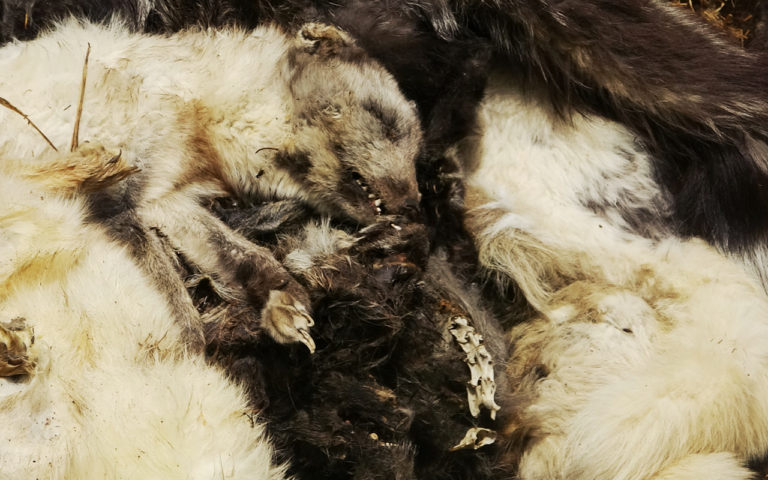
Fur garment imports down 43% from last year. Down 89% from when the campaign began!
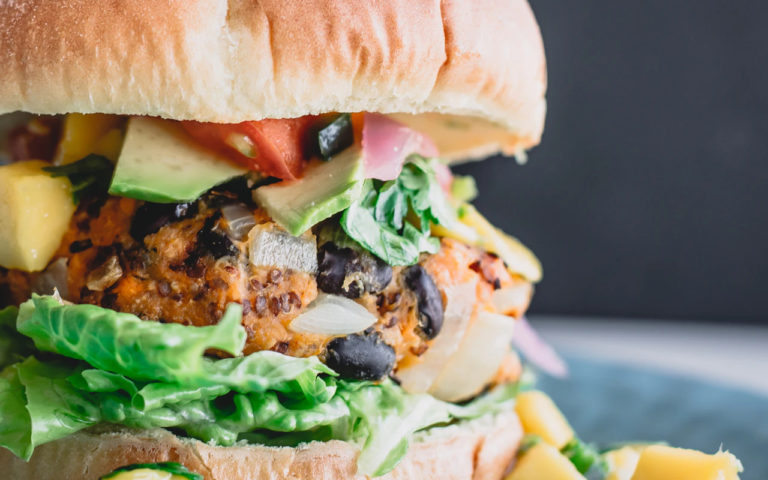
Supermarket Survey: Plant-based Protein

Supermarket Survey: Animal Welfare
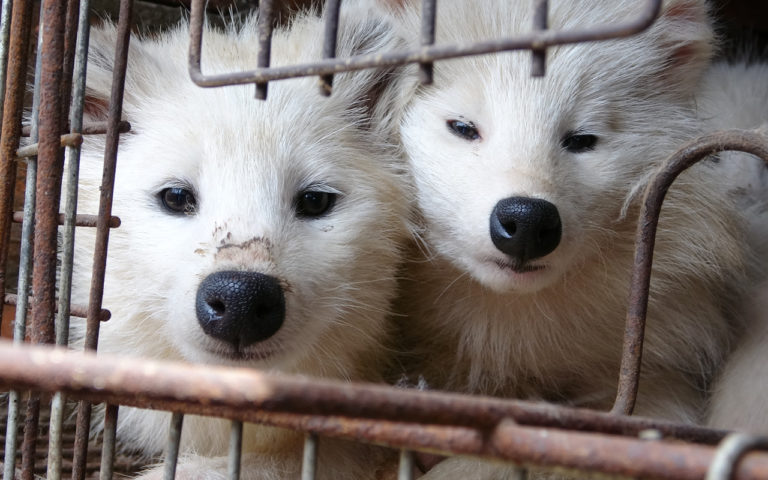
Fur Farm in China, 2019


